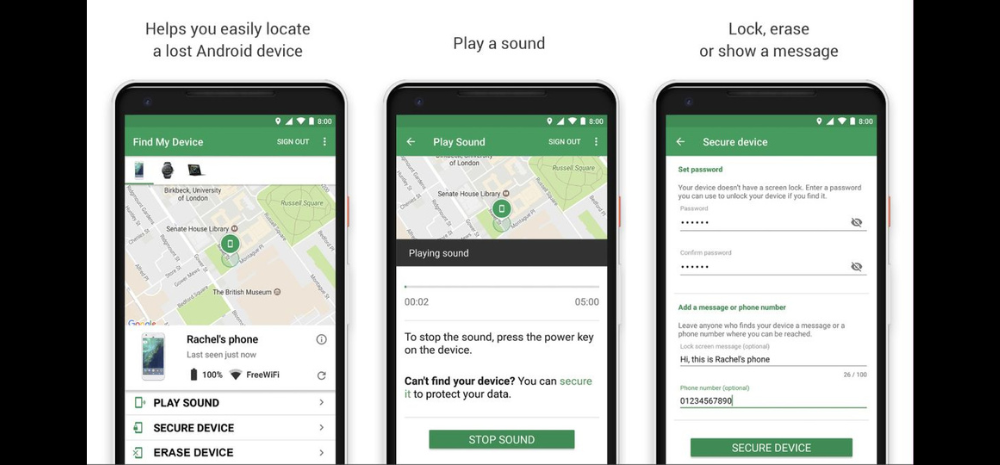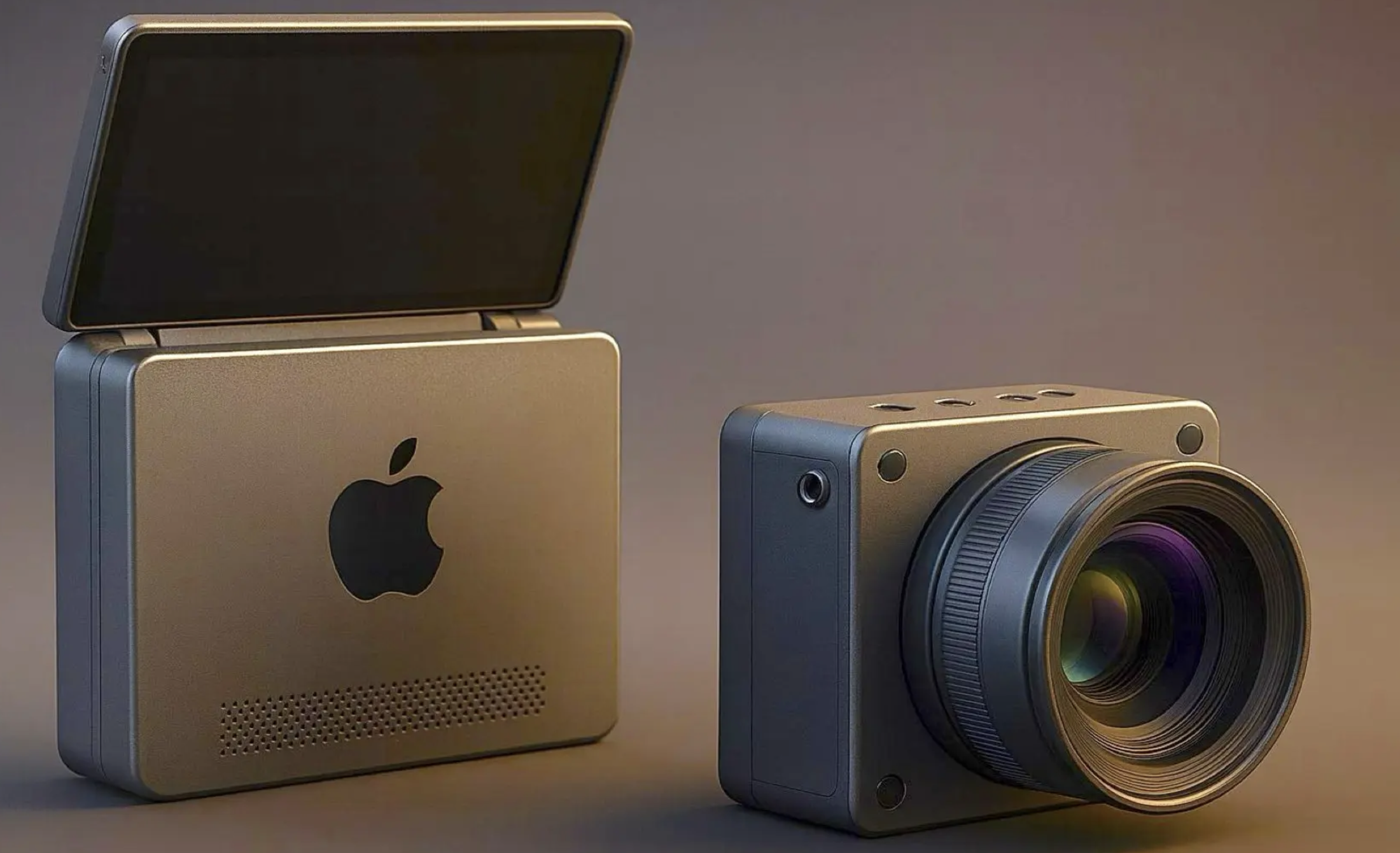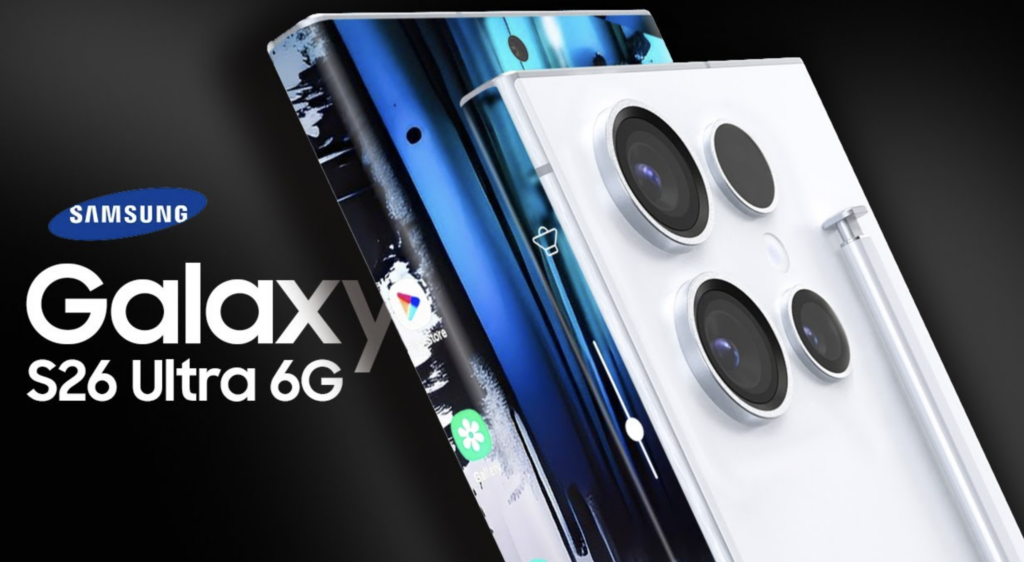Google has initiated the rollout of the revamped Find My Device feature for Android devices, offering users an advanced system to swiftly and securely locate misplaced devices and everyday items. Leveraging a network of over a billion Android devices, this innovative tool promises enhanced functionality and ease of use for Android users worldwide.

Key Features and Functionality
Google highlights five key ways users can utilize the Find My Device feature:
- Locate Offline Devices: Even when an Android phone or tablet is offline, users can ring the device or check its location on a map within the app. Pixel 8 and 8 Pro owners can also find their devices if they’re turned off or have a dead battery.
- Track Everyday Items with Bluetooth Tags: Users can track items like keys, wallets, or luggage using Bluetooth tracker tags from Chipolo and Pebblebee, which will be compatible with the Find My Device app. These tags ensure protection against unwanted tracking and will be available starting from May.
- Find Nearby Items: A “Find nearby” button helps users pinpoint the location of their lost device when they are in close proximity. This feature extends to finding everyday items when Bluetooth tags are launched in May.
- Pinpoint Devices at Home with Nest: The Find My Device app now integrates with Nest devices at home, indicating the proximity of a lost device for added convenience.
- Share Accessories with Friends and Family: Users can easily share accessories like house keys or TV remotes with others through the app for collaborative tracking if something goes missing.
Security and Privacy Features
Find My Device prioritizes user safety and privacy with multi-layered protections:
- End-to-End Encryption: Location data is encrypted, ensuring only the owner and selected individuals can view it. Google cannot access this data.
- Crowdsourced Location Reports: Reports to the Find My Device network maintain user privacy by not disclosing device owners’ identities. Only the location and timestamp of the lost item are shared with the Bluetooth tag owner.
- Minimized Network Data: Encrypted location data is frequently overwritten, minimizing data retention. The network also discards reports if the lost item is detected by nearby devices.
Safety-first Protections
The feature includes several safety-first protections:
- Aggregation by Default: Multiple nearby Android devices must detect a tag before reporting its location, making unwanted tracking difficult.
- At-Home Protection: Android devices near a user’s home do not contribute crowdsourced location reports, offering additional privacy.
- Rate Limiting and Throttling: Limits on location reporting reduce the risk of real-time tracking while remaining helpful for finding lost items.
- Unknown Tracker Alerts: Users receive alerts if potential unwanted tracking is detected, enhancing security.
Availability and Compatibility
The new Find My Device feature is gradually rolling out globally, starting with the U.S. and Canada. It is compatible with devices running Android 9 or later. Additionally, Google has confirmed upcoming software updates to include support for headphones from brands like JBL and Sony in the Find My Device network.














